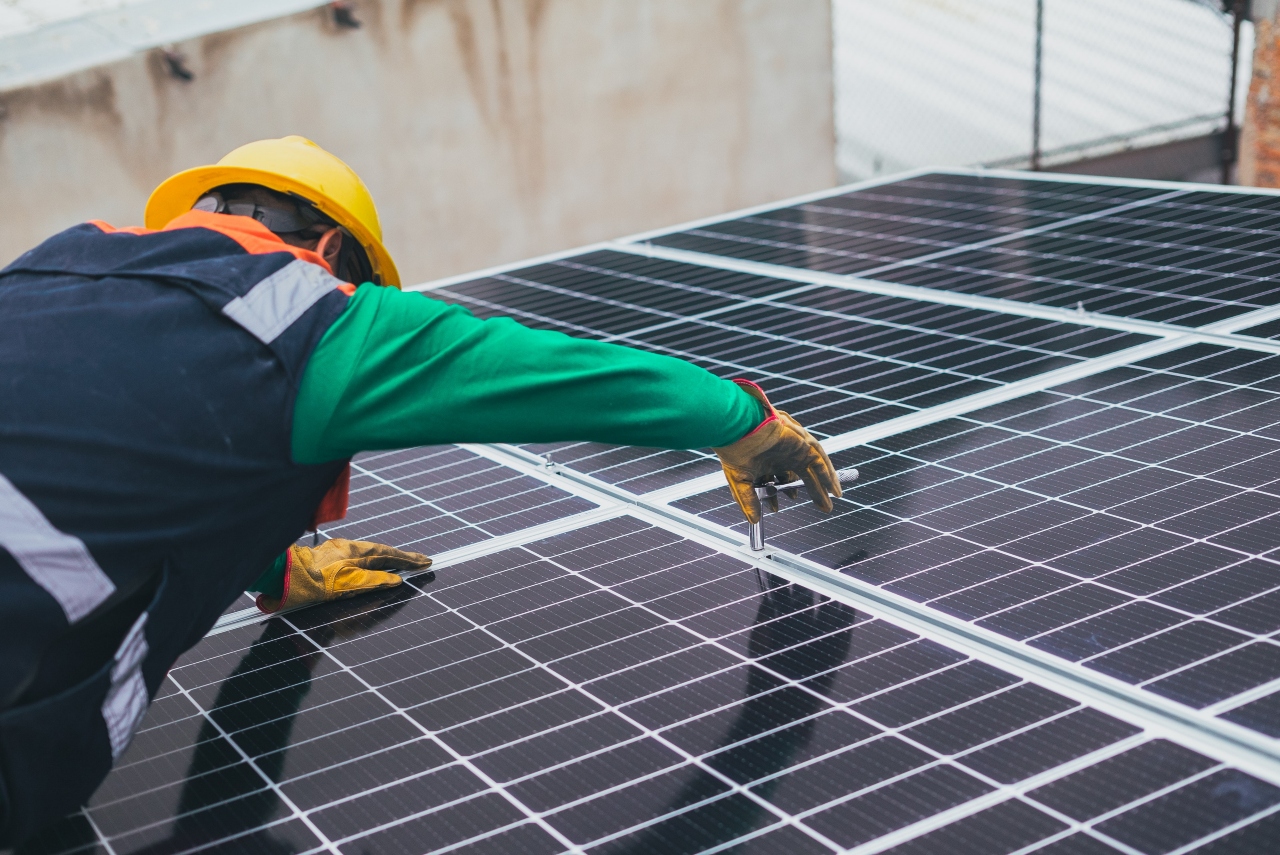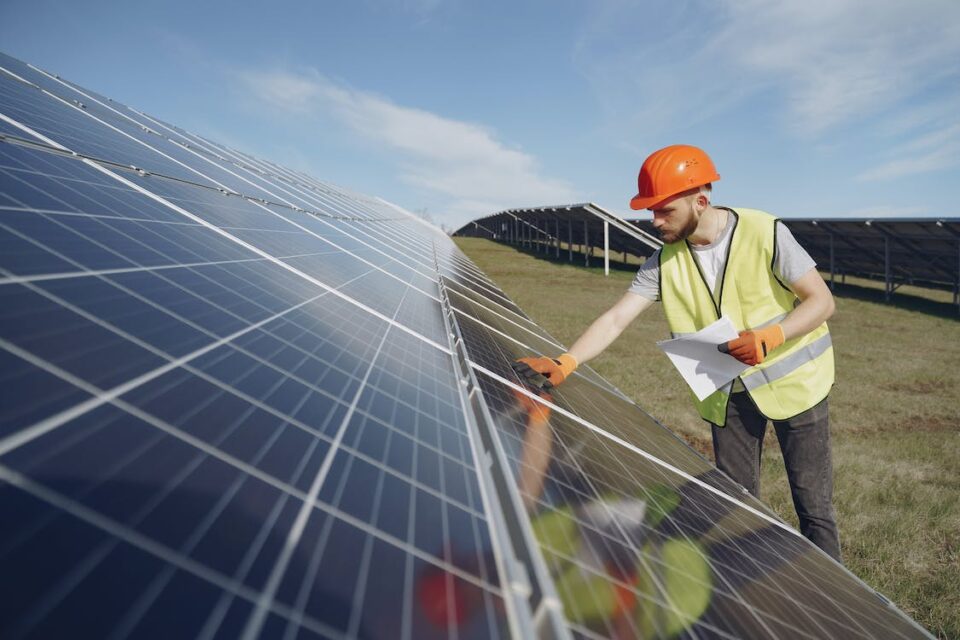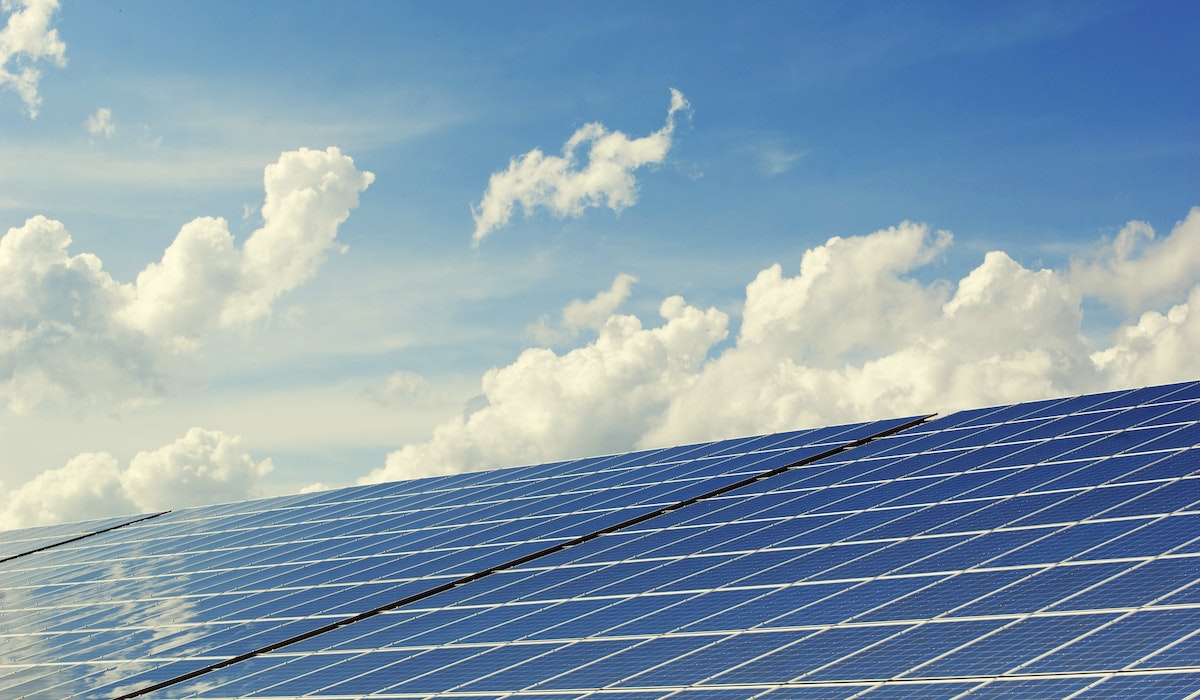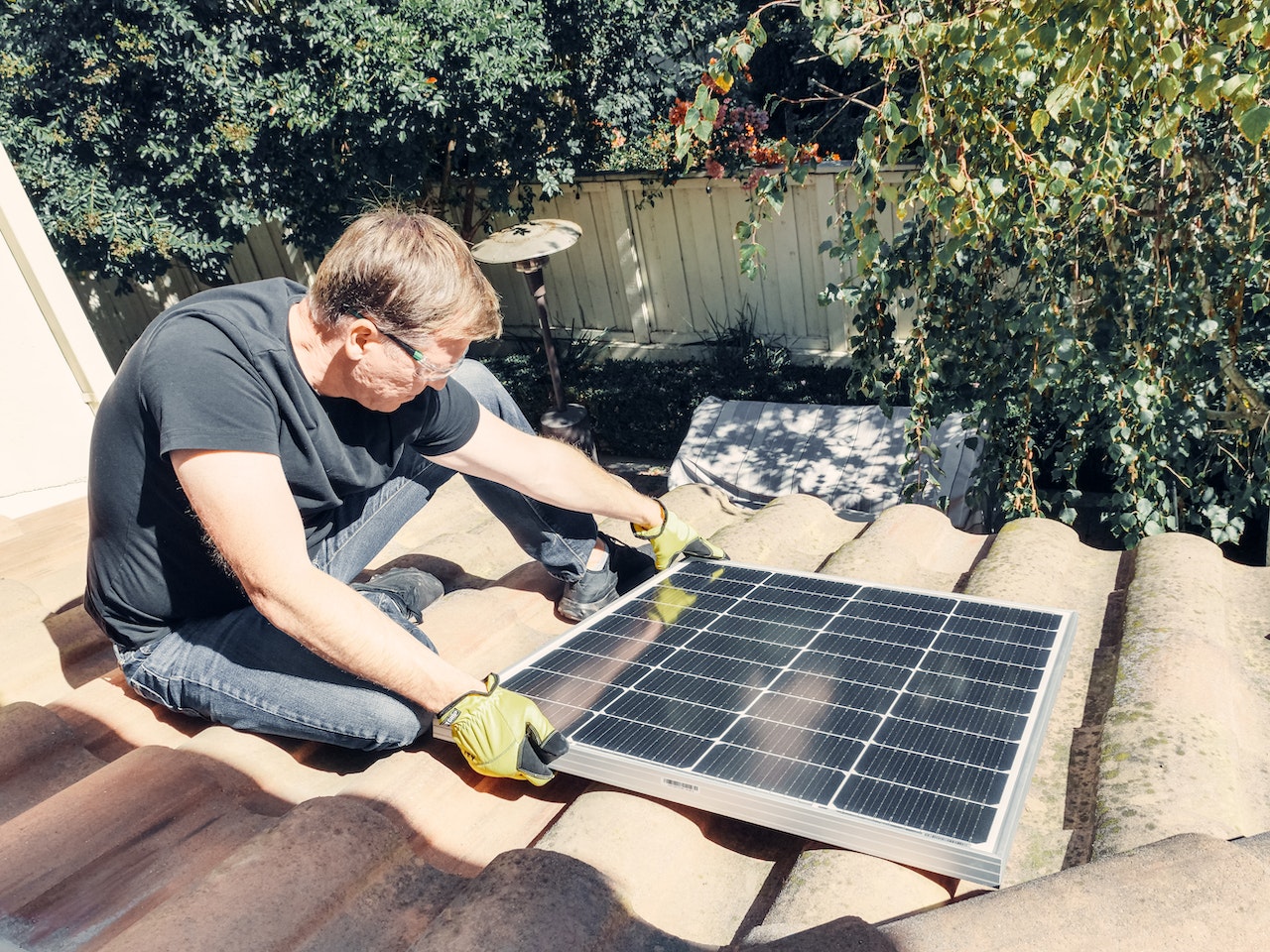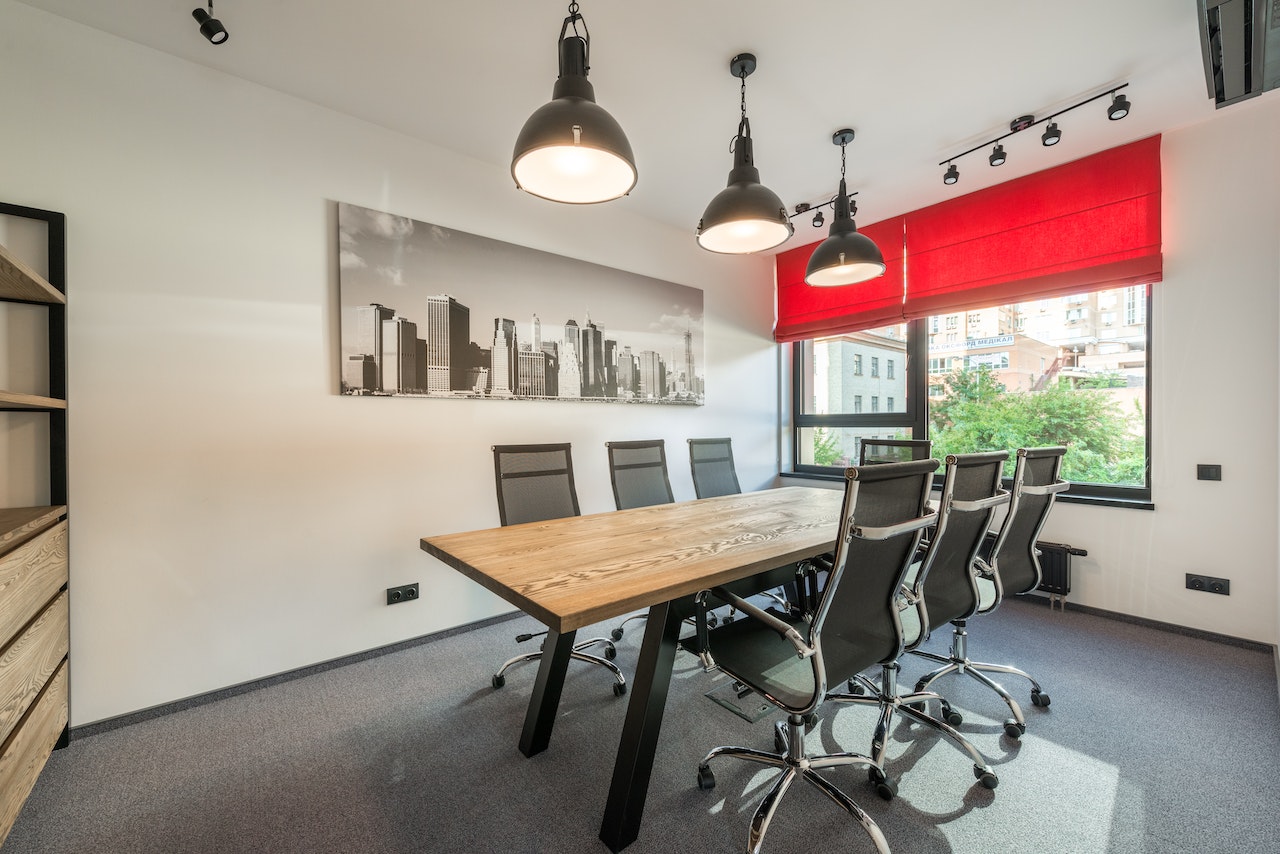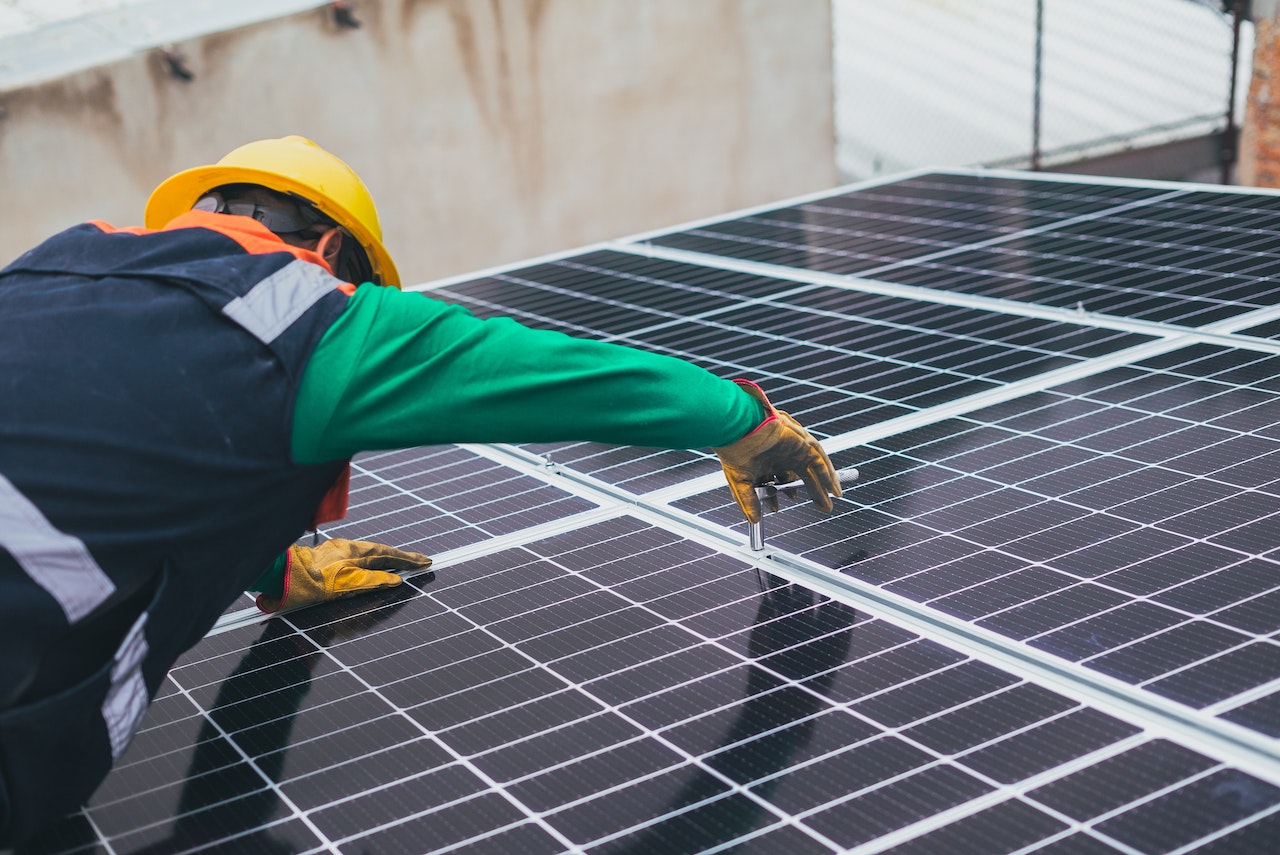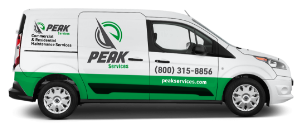
If you’re concerned about the rising prices of electricity, you may start thinking about alternatives. One of the best and cleanest energy sources is, of course, the sun. If you invest in solar solutions, you can lock in the cost of your energy. Better yet, you will avoid increasing utility costs, caused by the energy rate inflation. When it comes to solar panels, there is the initial installation cost. But with electricity, the bills just keep going. Once you pay off the installation costs, the energy bills will be a distant memory. At that point, the only thing you’ll have to pay for are residential and commercial solar panel cleaning services. But before you move forward, you need to figure out if the cost of solar panels is worth it. We’re here to break down the most important aspects of using solar panels and help you make a perfect choice.

Solar panels are a big investment, with even bigger benefits
The basics of solar panel cost calculation
If you want to know whether or not installing solar panels for your home is worth it, you need to think about, and calculate a few basic factors. These include:
- The total cost of the solar system you wish to install
- How much energy do you expect the system to produce
- How much you’d otherwise pay for the same amount of energy
- The costs of reliable solar panel bird proofing
- How many years will it take for the investment to pay itself off
- Can the system pay itself off within five years
If you have the necessary funds upfront, you’re good to go. But if you have to save up or get a loan to afford the solar system, you’ll need to carefully think everything through. This all sounds simple in theory however, things are different in practice. Each of these factors has many variations and can drastically affect the benefits and the cost of solar panels. The good thing is, that you can rely on some handy tools to help you.
Solar Reviews, for example, is a service that offers a calculator, that can provide you with a good idea of the costs and savings of a solar system, in every part of the US. Calculators like this are an excellent starting point, and really help if you’re new to the world of solar solutions.
The overall cost of solar panels for homes and businesses
To begin with, let’s take a look at the cost of installing solar panels for your home and your business. On average, the upfront cost of a solar system is between $4000 and $20.000. As you can see, there is quite a huge range of costs. This is because of the many variations when it comes to these systems.
Depending on whether you’re installing them in your home or your business, the surface area you need to cover can be vastly different. There are also different types of panels. All things considered, harnessing solar power is very capital intensive, and the largest portion of the cost comes from just buying the equipment you need. This doesn’t include any additional costs and equipment you will need along the way.

The initial cost of solar panels depends on the area you wish to cover
Other costs which you will come across include an inverter. This device serves to switch the direct current produced by the panel into alternating current which household appliances can use. You’ll also have to hire the services of bird control Las Vegas experts to ensure your panels remain clean and pest-free. You will also need metering equipment to see how much power is produced. There is also plenty of cables and other wiring gear.
If you’re installing this system in a business, you’ll need a lot more of these materials. In addition, some people also consider buying batteries. However, they can be very expensive, and unnecessary if your utility providers pay you for the excess electricity you feed into the grid. Keep in mind that the batteries and inverters also need to be changed periodically. Lastly, you need to factor in the installation labor costs.
The costs can be reduced by subsidies
Even though the costs we mentioned above are very straightforward, there is a way to reduce them. Companies can quote a price for home and business owners which determines available subsidies. The incentives offered by the government change often, but in most cases, the US government allows a tax credit of up to 30% of the total cost of solar panels and proprietary equipment.
If you want more details on the incentive programs within the US, you can visit the Database of State Incentives for Renewables & Efficiency. Other countries usually display incentive information on government websites. In addition, it is a good idea to contact your local utility company, and see if they offer any financial incentives for solar installation. Make sure to check their policy for grid interconnection as well as sell your excess power back to the grid.
Calculate the expected energy production
The next thing you have to think about is how much energy your system will produce, and in what time span. Keep in mind that this can be hard to calculate, even for experienced engineers. But, we’ll go through the basics. The most important factor for production is your location, or rather, how sunny it is where you live. Being closer to the equator is better when using solar panels, but there are also other factors.
The National Renewable Energy Laboratory website has maps that show the solar levels across the state and offers calculation tools. Another important factor is the orientation of your home. If your panels are on the roof, the best combination is a south-facing roof with no trees in the way. If this isn’t an option, your panels can be mounted on external supports, further away from the house.

Your solar panels are most effective when fully exposed to the sun
Just keep in mind that placing your panels away from your home generates more cost. You’ll need to pay extra for all the wires and cables needed to connect everything. In addition, you need to avoid installation mistakes, if you want them to be fully efficient. And lastly, you need to consider the size of your system. The size of solar panels is quoted by their theoretical output.
But usually, the output of installed systems is somewhere between 15% and 30% of the theoretical output. If a 3-kilowatt-hour household runs at 15% capacity, it will produce around 3.9 kWh per year. This is roughly a third of what a typical US household consumes.
How much can you save with solar panels?
Once you know how much your entire solar system will cost, and how much energy it can produce, you can roughly figure out how much you can save in energy costs every year. Keep in mind that this is yet another complex calculation. It depends on how you’re paying for energy at the moment.
In most cases, utilities charge consumers a flat rate, regardless of the consumption time. But, more and more US utility companies are switching to price schemes that charge consumers at different rates throughout the day. This is done in order to mirror the actual cost of electricity production during the day. This means that you’ll pay more in the afternoon, and less at night. In areas where this scheme exists, a solar system can be very beneficial, since the power it produces can offset the costly electricity prices.

Carefully calculate your solar production and compare it to your current spending
Some homeowners can even make money by selling the power they generate back to the grid. If you live in the US, you can do this through “net metering” plans. In these plans, consumers use the excess power to offset the power consumed at various times. This is usually done when the amount of solar-generated power is greater than the rate of consumption. The regulations and policies regarding net metering are different across states and regions.
Homeowners and business owners can visit the DSIRE database to see the specific regulations that apply to their area. In addition, you can also contact your local utility company to learn more about specific information regarding these plans.
Calculate the final costs of solar power
Now that you know how much a solar system costs, how much it can produce, and how much it can help you save, you can make the final calculation. Knowing the total cost will help you decide whether or not solar power makes sense for you. In theory, the total cost and benefit of a solar system can be calculated using the discounted cash flow method.
At the start of the project, you’ll mostly deal with cash outflows, which usually boil down to purchase and installation. Cash inflows come at a later point, in the form of offset costs, both directly, and through net metering. But the better way to see how viable panels are is to determine the leveled cost of electricity. Once you calculate it, you can compare it to the prices charged by your local utility company.

You can save even more money by selling your excess power back to the grid
The leveled cost of electricity is usually shown as $/kWh or cost per kilowatt-hour. To figure out the cost, you have to take the average value of the lifetime ownership costs, and then divide it by the lifetime energy output. The lifetime ownership costs include any maintenance costs you pay while using the panels. And the lifetime energy output depends on how long you use a set of panels before replacing them.
For reference, the average lifespan of a solar module is between 25 and 40 years. Once you have this number, you can compare it to your utility company’s cost. And remember, the relevant price to compare is the one that occurs during peak times of your solar system’s production.
The pros and cons of using solar panels
Like most things in life, using solar power has both benefits and drawbacks. Before you make the final decision of whether or not you should equip your home or business with a solar panel system, you need to be familiar with the pros and the cons. So, if you opt for this method of energy production, you can enjoy these benefits:
- Solar power is the purest form of green energy, and it drastically lowers your carbon footprint.
- Thanks to net metering, you can sell your excess energy back to the grid, and reduce your expenses.
- Using solar panels makes you eligible for certain tax breaks
But on the other hand, you also need to remember that:
- The costs of installation of maintenance are very high
- Solar panels can only fully function when the sun is out and when they are properly cleaned
- Certain parts of the system need to be repaired or replaced from time to time
- Solar energy production regulations always change, which means some tax breaks may be expiring soon

The cost of solar panels is very high, but over time, they’re definitely worth it
In conclusion – are solar panels worth it?
Once you work out all of the calculations we mentioned above, you’ll end up with one final number. The number of years it’ll take for the solar system to pay itself off. If you live in a sunny part of the world and have high utility costs, the system will reach this point within five years. In other cases, you may have to wait for 10, or even 20 years to reach this point. In other words, everyone eventually sees the benefits of the cost of solar panels. But the time needed to reach this point will vary.
Whether or not going solar is worth it, depends on many factors. The time you’ll spend in your home, the available subsidies, whether or not you have the initial funds, and how well you maintain your panels. The benefits are surely there, but it mainly depends on your circumstances and abilities.
